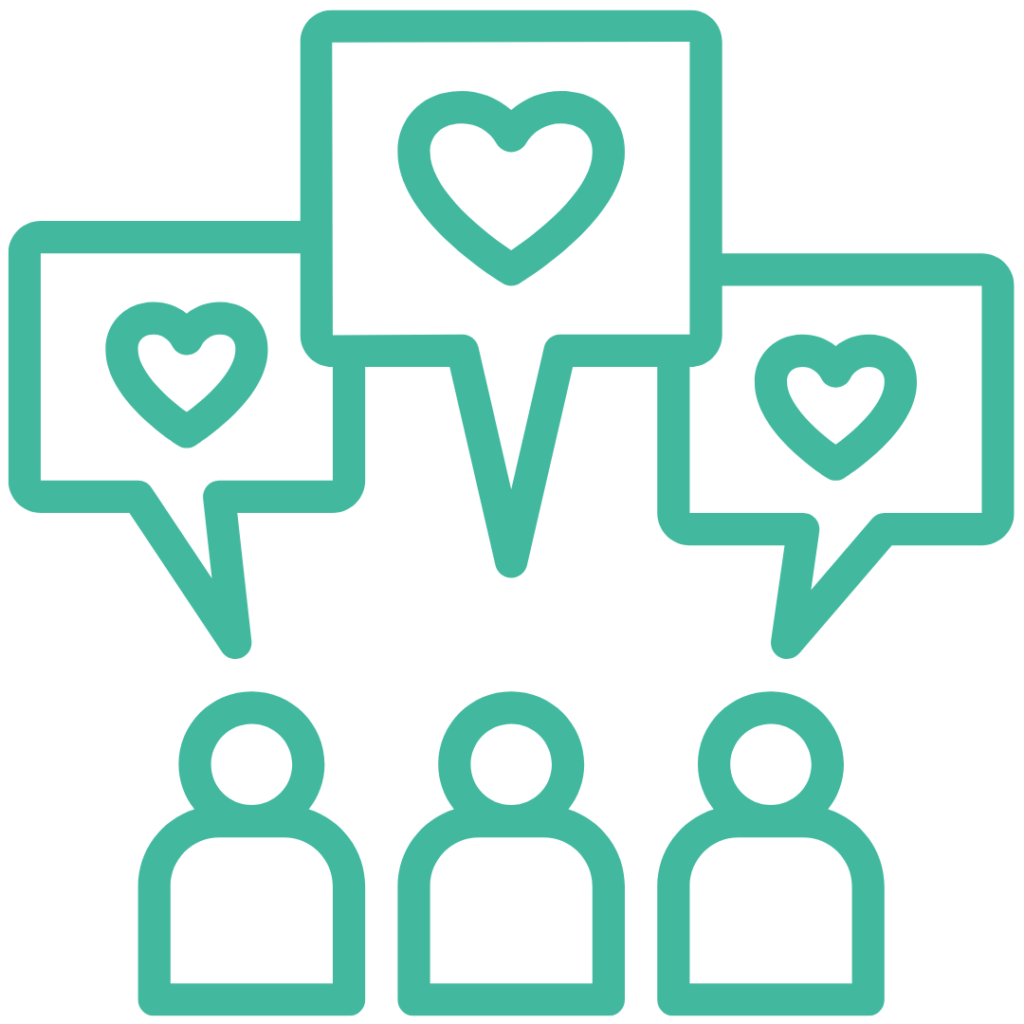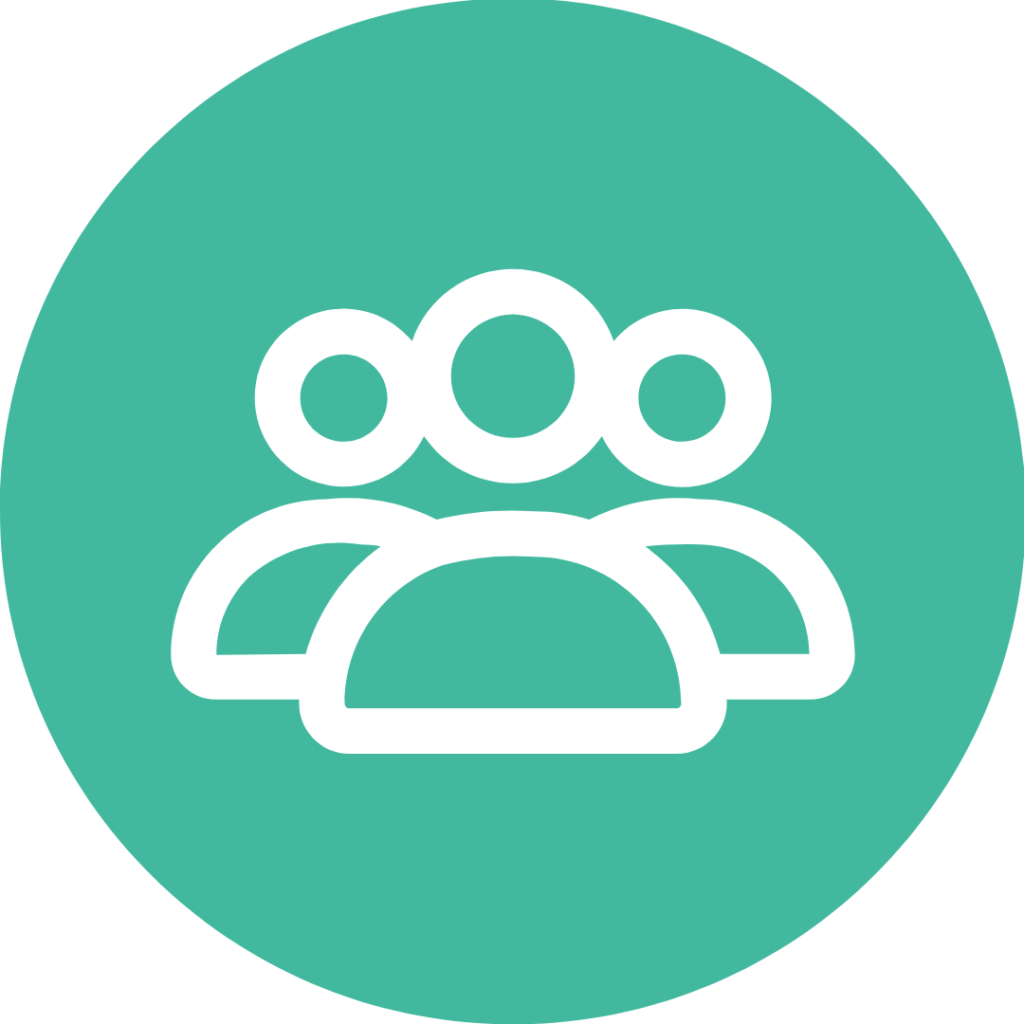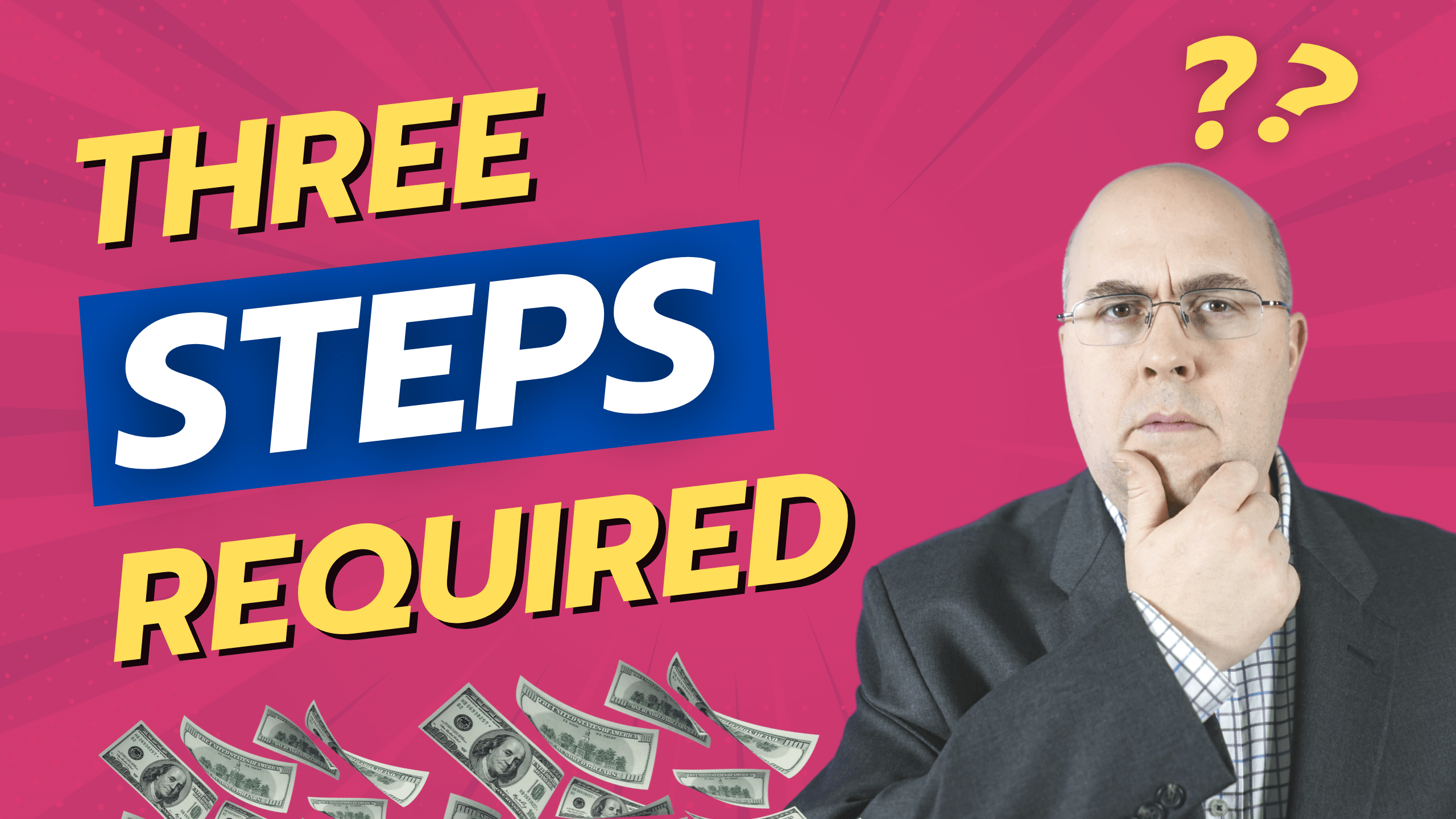3 Steps REQUIRED to Reach 7-figures In Your Online Business
To reach seven figures, there are three essential functions your online business needs. If you don’t have all three running well at the same time, your business will fail. Let’s dive into those and make sure you have them running well in your business.
To reach seven figures, there are three essential functions your online business needs.
David Ziembicki
Most of our clients come to us with one or two of them missing, which is why they’re struggling and how we help them level up.
Be sure to read until the end where I’ll cover a bonus tip on how to get all three running in your business quickly.
My online business almost failed 3 times…

So my business almost failed three times. When I tried everything solo, I followed the common advice of building an audience by providing a ton of free content. Value first they said… Reasonable enough, but truly providing consistent, valuable content at scale takes a lot of time and effort.
Especially when you consider creating, editing, writing, and posting. I spent all of my time on content and traffic, but with no products for sale yet it burned time and money for no ROI.
That was fail number one…
So then I shifted all my time to building products and sales funnels to sell them.
Since I was still trying to DIY and do everything solo, my content publishing started to fall off and then went to zero. So at that point, I had funnels, but no audience or traffic.
That was fail number two…
With funnels done, I shifted back to content and started getting some traffic in sales.
Great. But then I didn’t have any time to support my first customers well because I was tied up with content and funnels.
That was fail number three…
At the end of those first couple months, reality set in, I realized that all online businesses need to do three things to be successful.
- First, attract an audience.
- Second, convert them into customers.
- Third, serve them so well that they remain your customers and ascend to your higher level programs.

The hard part is all three of these essential functions need to be running at the same time. If you’re attracting an audience but aren’t converting them to a customer, you’re burning time and money with no sales.
If you attract an audience and convert some to customers, but you don’t serve them well, they’ll drop out of your world at your lowest ticket offers and likely not come back. So what are the minimum viable solutions needed in each of those areas? Stick around because that’s what I’m gonna talk about next.
Attract and audience to your online business
Here’s a pro tip:
You don’t need a huge audience to be successful, but you do need a growing audience.
David ziembicki
You may have heard me mention another content that I earned my first agency client a $15,000 sale when my email list had a whopping 46 people on it and I had no social media presence.
We hit our first six figures with less than a thousand on our email list. But I repeated one of my earlier mistakes of letting content and audience growth fall off of my priority list.
We relied on paid traffic, and when that got more difficult and expensive, we ran into a lot of difficulty making the numbers work because we didn’t have a large audience or organic traffic coming in.
Let me emphasize this one last time.: The importance of content and attracting an audience, even if you’re also going run ads and pay for an audience.
So how do you attract and grow your audience?
Put simply just listen to Gary v, Russell Brunson, Alex Hormozi, and others that are successful.
You attract an audience by creating content and solutions that inspire them and help them achieve their goals.
That means creating and publishing as much valuable content as you can.
One blog post or podcast episode or video a week doesn’t cut it anymore.
David Ziembicki
You need to put in place a content engine optimized to get the most amount of output from the least amount of input from you.
It often means that one pillar content piece a week needs to be turned into 10 different assets and a hundred different post.
Every single week.
Don’t worry, I do have a video coming out soon showing you exactly how to do that in just a few hours a week with an organic content engine in place.
If you have budget, you can amplify it by running paid traffic to the content. Now, it’d be great if just doing that for a few weeks is all that’s needed.
The reality is it takes months to years of consistent effort before things really start to compound. This then is the fork in the road where the success will dig in and do that, and where the unsuccessful look for shortcuts or don’t commit to putting in the work.
My favorite insight from Gary V is that success takes macro patience and micro urgency.
Success takes macro patience and micro urgency.
Gary Vaynerchuk
What he means by that is we need to take a lot of urgent, consistent action every day, the micro, but that we also need to be realistic.
That success takes time and requires patience at the macro.
The reason we need to attract and build the audience is so that we can take them to the next step, which is converting them into customers.
Next I’m gonna show you what you need to have in place to begin converting your audience into customers.
Convert your audience into customers

First, imagine thousands of people lined up outside a movie theater, but there was no box office ticket counter, projector, or movie. Without them, that audience is worth exactly zero. Having a growing audience is necessary, but nowhere near sufficient in getting to seven figures in your online business.
You need to convert your audience into customers.
I know a lot of YouTube creators, bloggers and podcasters that have large audiences, but barely make a few hundred dollars a month.
Why? Because they don’t have offers, funnels and products.
They are the movie theater that has people lined up outside, but no way for them to pay, no product to sell, and nothing to deliver.
They listen to the guru advice of Build. Your. Audience. First. which implies a sequential instead of parallel process.
This is the most common reason why people fail: the “wait to sell until you have an audience” advice.
It feeds into most people’s fear of selling and gives them an out.
The reality is you need to be trying to convert your audience to customers from day one. Building and converting needs to happen in parallel.
You don’t want to spend time and money building an audience that is conditioned to expect that everything from you is free.
david ziembicki
I’ve had clients, and I know of a lot of others that have email list of 10k, 20k, even 50k people, and when they eventually finally try to promote something to their audience, they get crickets.
Why? Because they gave their audience free content and advice for years, and they were conditioned to expect that and even felt insulted when presented with an offer.
What I coach is two principles:
- First, every piece of free content you put out should at least tangentially mention your offers.
- Second, your offer should never be more than one click away.
Your offer should never be more than one click away.
david ziembicki
So what does that mean?
Well, in this very article I’ve mentioned in passing several times the phrase “my clients” or “our solutions”.
You know already that in addition to this free, valuable content I’m publishing that I also have paid products and services, even though I’m not mentioning or pitching them directly.
It also means that on every single piece of content or social post, there should be a one click path to at least one of your offers in sales funnels.
This article will have one or more links pointing to our various sales funnels. This ensures that every piece of content has a fast path to sales.
I learned from Joel Erway at the Webinar Agency that in any given market, there’s always at least 5% of the market that is ready to buy NOW.
There’s always at least 5% of the market that is ready to buy NOW.
Joel erway
For that set of buyers, you don’t need or want a long relationship building and complicated sales process, you just need to get a buy button in front of them as quickly as possible.
That’s why we say that you should never be more than one click away.
For the other 95% of your audience, you absolutely need more of a buyer’s journey with nurturing.
So what type of offers and funnels are needed for a seven figure business in this area?
I rely on Russell Brunson’s teaching in his Expert Secrets book, where he talks about the value ladder.
Simplified, that means free content that points to some form of lead capture, like a lead magnet or webinar registration. That’s the first step of the value ladder.
The next step after capturing the lead is an entry level offer in the $9 to $29 range, with optional upsells into the couple hundred dollar range.
From there, your third step should be your main flagship solution in the $499 to $1999 range, like an online course or program.
The final step or steps is a high ticket program like group coaching or a mastermind and recurring revenue offer, like a membership.
The high ticket offer should be between $5k and $50k per year.
Think of the value ladder as a funnel of funnels.
You want to get as many leads as possible.
Then you want to convert them to an entry level customer, then convert it as many as you can to a flagship customer, and then finally, as many as you can to a high ticket customer.
So now we have two of the three essentials in place, building an audience and driving them to our offers and funnels for conversion to customers.
In the movie theater analogy, we now have a box office selling tickets and a core product to sell the movie. We have upsells for snacks, we have premium seating packages, maybe even a subscription for unlimited.
Now we have a good problem, customers that we need to serve. Our last and most essential element is coming up next.
Ascend your customers to higher level programs
Here’s a business truth. Unhappy customers don’t buy more and they don’t come back.
Unhappy customers don’t buy more and they don’t come back.
david ziembicki
If a customer’s experience with your $30 product is poor, they are not going to buy your $3k or $30k product…
In the movie theater analogy, if the food sucks, the seats are small, the sound is terrible, and the bathrooms are a mess.
How likely are customers to come back?
In my agency, we had this challenge with our second round of clients a few years. The first round, we served at a very high level.
At that time, our only offer was a high ticket one, so all our clients had high expectations.
As we started try and scale, we had fulfillment issues and difficulty finding qualified staff. A couple of our second round customers decided to leave our program.
This is a problem for many reasons. First, we actually want to help our customers be wildly successful, so we failed there.
And second, our model was dependent on long term customers.
Even though we charged $15,000 for our initial three months working with them, that was barely break even because of the huge amount of work we do for them.
What we needed was as many as possible to move into our ongoing continuity program where we continue to provide our services and team on a monthly basis, but there was a higher profit margin built in.
So by losing some of that second round of customers due to poor fulfillment, it had a big impact. \
Those ideal customers will likely never come back.
So what was the lesson? It was that serving your customers fulfillment and customer satisfaction are the third essential element.
You need to be ready for that from day one: audience to customer to great service.
Without it, they aren’t going to ascend or come back.
It was ironic that I had this problem…
In my corporate career, 17 years with Microsoft and more with other large consulting companies , one of my mantras was to always prepare for what I call catastrophic success.
In other words, we weren’t as prepared as we should have been for the potential influx of a large number of customers.
It’s kind of like the classic e-commerce website that fails on Black Friday when 50% of annual sales happen.
So just like your offer should never be more than one click away for your audience, the fulfillment of your products and services should always be ready for an influx of customers, and then upsells from there should never be more than one click away.
What’s next: the Expert Business Foundation

So we’ve talked a lot about the three essential elements of building an audience, converting them to customers, and then serving and ascending them into your high end programs. We talked about how all three need to be up and running in your business. Here’s the bonus I mentioned earlier.
In this article I reveal an easy to understand blueprint, showing you exactly what you need to have in place to build your audience, convert them into customers, and serve and ascend them into your high ticket programs.
I call it the Expert Business Foundation. After five years of building my own business, three years, helping our agency clients build theirs, and working with other seven and eight figure online entrepreneurs, we’ve distilled everything down into a nine step blueprint. So be sure to check that out next!

